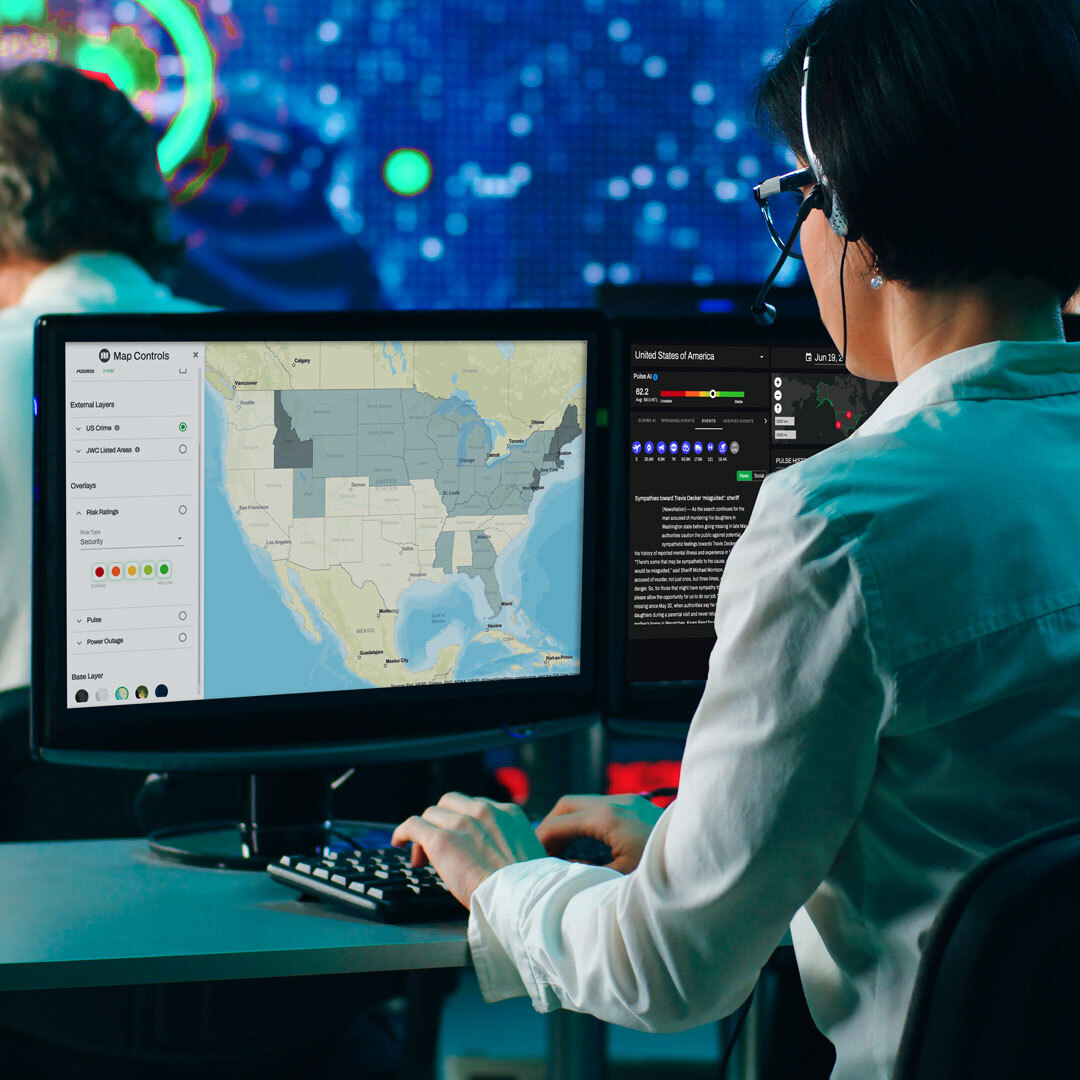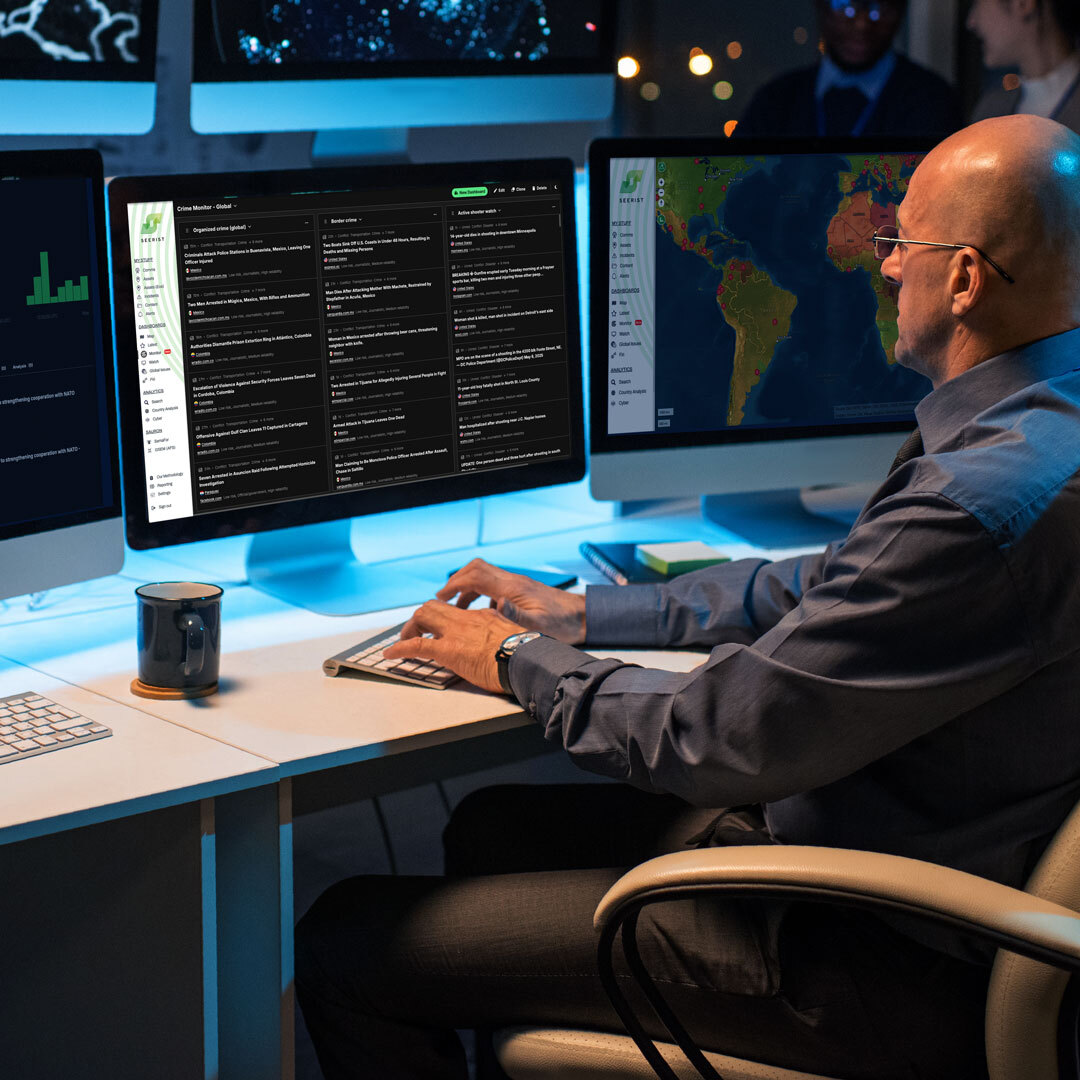Security is an essential function to the success of all businesses and plays a critical role in business continuity and risk management. From standalone shops with a single surveillance camera to global organizations with facilities in 28 countries and a team dedicated to monitoring risks and threats across the globe, every organization should be invested in keeping its people, assets, and operations safe. That said, it is questionable whether the majority of organizations are succeeding in this goal.
According to Cisco’s Security Outcomes Reports Volume 3, published in late 2022, nearly two-thirds of the organizations surveyed reported experiencing major security incidents that jeopardized business operations. The same report states, “organizations lacking strong support from top execs are 39% less resilient than those who have it.” These findings demonstrate that leaders are failing to prioritize security and that the majority of organizations are falling prey to security incidents.
How can organizations close the gap between what they should be doing in regard to security and what is actually happening today? The most effective solution is an incredibly simple one. Not only that, it doesn’t need additional funding or a complicated rollout strategy: Give security leaders a seat at the table.
Security leaders should have a consistent presence and involvement in organizational-level planning sessions and decision making. It’s not enough for security teams to be called upon when disaster strikes. Security leaders should be viewed as decision shapers. Not just reactors.
Instead of involving security teams only in strategic discussions during a crisis, it’s critical to use their knowledge of current events, historical trends, and insight on potential scenarios to help the business plan for the future. The security team should be viewed as in-house experts who can provide insight on how to grow, acquire, and launch new products with minimal exposure to risk. To overlook their essential skillset is a massive miss on behalf of leadership. Conversely, when security teams are leveraged, their capabilities can positively benefit the entire organization.
Removing Security from Its Silo
To be effective in the quest to secure security a seat at the table, the C-suite must be on board and be active participants in removing security from a silo. This means the CEO and the full leadership team need to see the value in integrating security into all functions and facets of the business.
Instead of informing the security team of finalized plans, they need to be active participants in developing the plan and be provided an in-depth understanding of the entire business. They should be participating in discussions across the board – from business expansions and acquisitions to financial announcements and product roadmaps – as each activity has its own set of risks and threats.
If security team members are involved from inception through deployment, they can help identify potential political, operational, or security risks that may lie ahead, while allowing the organization to maximize insights they would otherwise be unaware of.
Using Foresight as a Strategic Tool for Business Continuity and Risk Management
With historical knowledge of past trends and in-depth understanding of current events, security and intelligence teams are uniquely positioned to share valuable intelligence to the rest of the organization. Not only can security teams work to mitigate issues that are happening or are imminently pending, but they have the ability to advise senior leaderships on how to circumvent trouble and avoid disruptive situations altogether. This foresight is an incredibly effective and powerful way in which security teams can benefit an organization.
Take this example. A security team at a large pharma company alerted its senior leadership of pending changes to the regulation of products in China in advance of the enactment. If leadership had not been informed of this possible change by its security team, production would have continued per usual and in adherence to the soon-to-be-outdated rules. As a result, the company would have been forced to spend time and money on the backend to retroactively ensure its products met the revised regulations.
Security Leaders as Decision Shapers
It is evident that security departments should not work in isolation or be relied upon only during a crisis. Instead, they should be integrated into the broader decision-making process to ensure business continuity and risk management. Why wait to bring them in until problems arise when they can actually help circumvent issues before they even happen?
An organization’s security team brings invaluable knowledge that can affect the planning of strategies, processes, and material operations, which can impact the overall direction of the business for the better. It’s time for organizations to reframe how they view their security team and allow their evolution from reactors to strategic decision shapers.
Book a demo to see Seerist’s threat intelligence tools in action or follow us on LinkedIn to learn more about how Seerist helps you stay ahead of the curve.






